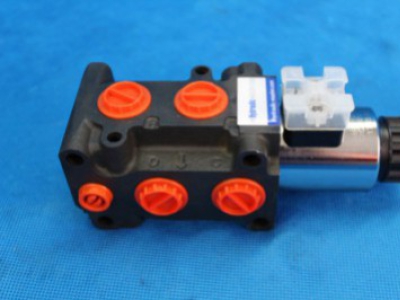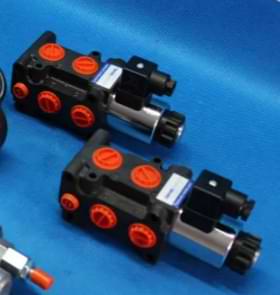 |
The electric hydraulic diverter valve is a device that allows individual control of two double or single acting cylinders. The actuators are controlled by a valve, thanks to which other elements can be added to the system. Valve allows electronic switching between two cylinders instead of manually disconnecting and reconnecting the device's hoses. When it is necessary to control more than two cylinders at the same time, it is possible to set the switching valves together. This allows you to control up to four circuits.
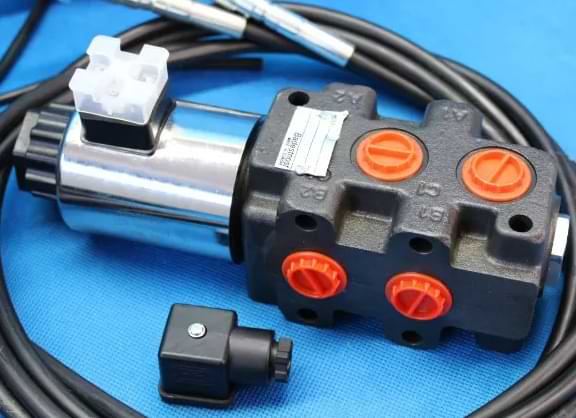 |
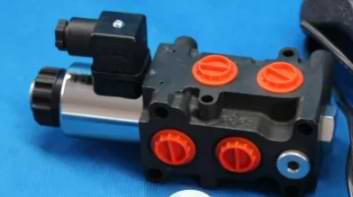 |
Electric hydraulic diverter valve opens and closes to allow the flow of hot water to radiators or water heating installations - for showers or taps. Appliances that do not require a switching valve are system and standard boilers. A diverter valve is not required for this type of equipment because the hot water it produces is stored in the hot water tank when it is needed. The diverter valve is used for bathtubs, which are also showers. Move the switch to direct the flow of water from the taps in the bathtub or shower.
By using the diverter valve, it is possible to use hot water in the tap before heating. What does it mean? In a situation where the room is turned on heating, you can take a shower or bath and use hot water, and have priority over radiators. Diverter valves play a very important role in any modern central heating installation. They are intended for central heating systems. in which there is a primary need to protect the boiler against low-temperature corrosion.
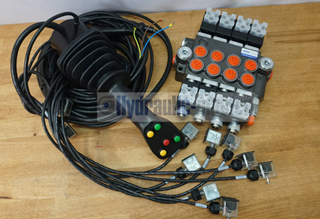 |
.JPG) |
Electric hydraulic diverter valves are three-way valves. There are two types of three-way valves:
- switching valves
- mixer valves
The essence of the operation of three-way diverter valves is to change the direction of the medium flow in the central heating installation. At the time of installing this type of valves, it is possible to supply two different heat consumers, e.g. hot water and heating circuit for radiators. This means that hot water can be diverted for the needs of drinking water or for heating. If several heat sources (heat pump, furnace, etc.) are available, it is possible to supply the heating circuit with heat from a device that is used to produce heat
Three-way mixing valves are also available. These are valves that perform the function of protecting boilers against low return temperatures (water returning from the installation). Small solid fuel boilers heating single-family homes and large ones supplying larger industrial enterprises require such protection.
The principle of operation of the mixing valve is to mix the boiler feed water with water returning to it. Mixing valves protect devices and human health. By using such a valve in hot water heating systems, we protect the skin against burns. Three-way mixing valves installed in the central heating system also have a regulating function. In the heating circuits they regulate and also vary the parameters of their work.

